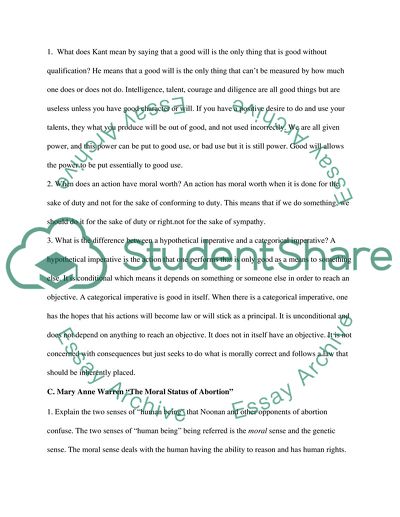Cite this document
(“James Rachels The Challenge of Cultural Relativism Article”, n.d.)
Retrieved from https://studentshare.org/philosophy/1592408-philosophy-answer-questions-from-articles
Retrieved from https://studentshare.org/philosophy/1592408-philosophy-answer-questions-from-articles
(James Rachels The Challenge of Cultural Relativism Article)
https://studentshare.org/philosophy/1592408-philosophy-answer-questions-from-articles.
https://studentshare.org/philosophy/1592408-philosophy-answer-questions-from-articles.
“James Rachels The Challenge of Cultural Relativism Article”, n.d. https://studentshare.org/philosophy/1592408-philosophy-answer-questions-from-articles.


